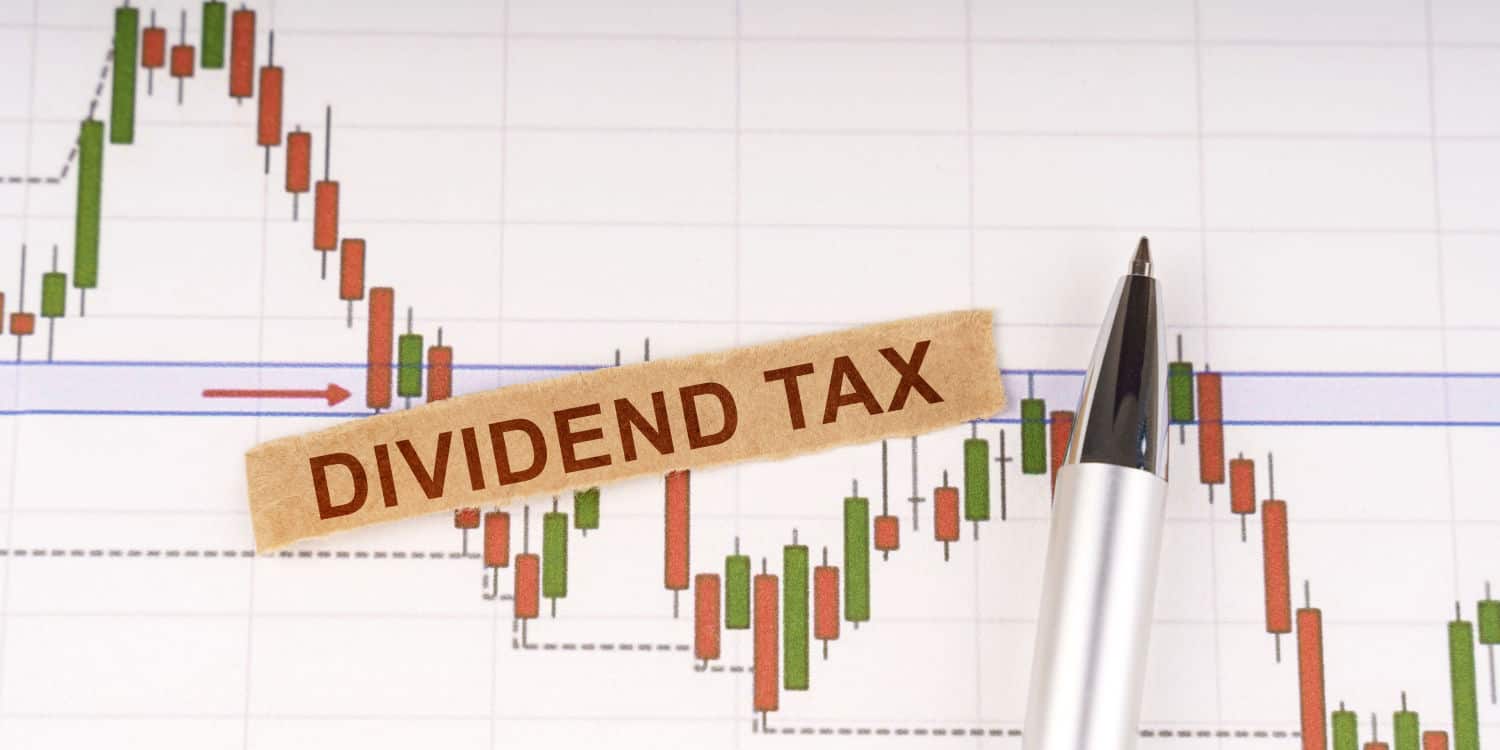Table of Contents
As we enter the 2024/25 financial year, business owners will be keen to know about upcoming tax changes that will affect them. This year, one of the key updates for the UK’s business population is the halving of the tax-free allowance for dividends. In this article, we take a look at what you need to know. Let’s get started.
What are dividends?
Dividends are a way in which a company’s shareholders, these being the owners of a company, can be rewarded for the investment that they have made.
Once a company has made enough profit, its director(s) can provide any shareholders that qualify with a cash dividend. The size of the dividend will depend on how much profit has been made and how many shares the shareholder has.
Only certain company types can pay dividends. These include private companies limited by shares (the most common type of company in the UK), public limited companies and private unlimited companies. Dividends can’t be issued in limited by guarantee companies, limited liability partnerships, or any other type of partnership.
In short, they can only be issued in companies that have a share capital. The frequency that dividend payments are made can vary from company to company; however, in smaller companies, monthly payments are often regular to ensure shareholders have a consistent income.
What’s changing?
On April 6 2024, the dividend allowance (the tax-free allowance for dividend income) was reduced from £1,000 to £500. This represents a significant decrease since the 2017/18 tax year when the allowance was set at £5,000:
| Tax year | Dividend allowance |
| 2024/25 | £500 |
| 2023/24 | £1,000 |
| 2022/23 | £2,000 |
| 2021/22 | £2,000 |
| 2020/21 | £2,000 |
| 2019/20 | £2,000 |
| 2018/19 | £2,000 |
| 2017/18 | £5,000 |
What about dividend tax rates?
No changes here. If you receive dividends above the £500 allowance, there is no change to the amount of tax payable on the dividend income – it will depend on the income tax band you fall into.
The dividend tax rates for 2024/25 (once you go over the allowance) are:
- 8.75% if your income tax band is the basic rate
- 33.75% if your income tax band is the higher rate
- 39.35% if your income tax band is the additional rate
To calculate your tax band, you need to take the dividend total and add this to any other income that you may have.
2024/25 tax bands for England, Wales, and Northern Ireland
| Band | Annual income | Tax rate |
| Personal Allowance | £0 – £12,570 (for most people) | 0% |
| Basic | £12,571 – £50,270 | 20% |
| Higher | £50,271 – £125,140 | 40% |
| Additional | More than £125,140 | 45% |
The situation is even more confusing if you’re a Scottish taxpayer. Your dividend income will be taxed in accordance with the UK tax bands shown above, but you will pay the following rates of Scottish income tax on your other earnings (such as salary):
2024/25 tax bands for Scotland
| Band | Annual income | Tax rate |
| Personal Allowance | £0 – £12,570 (provided you earn under £100,000) | 0% |
| Starter | £12,571 – £14,876 | 19% |
| Basic | £14,877 – £26,561 | 20% |
| Intermediate | £26,562 – £43,662 | 21% |
| Higher | £43,663 – £75,000 | 42% |
| Advanced | £75,001 – £125,140 | 45% |
| Top | More than £125,140 | 48% |
If you are based in England, Wales, and Northern Ireland, see GOV.UK’s ‘Income Tax rates and bands’ guidance for further information on calculating your tax rate. Or if you are based in Scotland, see ‘Income Tax in Scotland’.
It’s worth noting that if a dividend payment is your only form of income, you will not need to pay tax on this until the payment surpasses £13,070; this being the £12,570 personal allowance (the amount you can earn each year before you need to start paying tax) plus the £500 dividend allowance.
Once you have calculated your dividend income, your report should be sent to HMRC via Self Assessment once the tax year has passed. Tax payments that are due would also need to be sent via Self Assessment.
Now let’s look at a couple of practical examples:
Example 1
In the 2024/25 financial year, you receive £15,000 in dividends. This is your only income.
This places you in the basic income tax bracket.
£12,570 of this £15,000 total is covered by your personal allowance.
This leaves £2,430 (known as taxable income).
£500 of this is covered by the 2024/25 dividend allowance.
This means you need to pay 8.75% on the remaining £1,930.
Example 2
In the 2024/25 financial year, you receive £5,000 in dividends and a salary of £55,000 – taking your overall income to £60,000.
This places you in the higher income tax bracket.
£500 of the £5,000 dividend payment is covered by the 2024/25 dividend allowance.
This means you need to pay 20% income tax (the basic rate) on the salary between £12,571 and £50,270, 40% income tax (the higher rate) on the rest of the salary between £50,271 and £55,000, and 33.75% dividend tax on the remaining £4,500 of dividends.
So there you have it
As a business owner, it pays to be aware of all updates.
Whilst this reduction in the dividend tax allowance may initially appear small, the higher the dividend payment, the more you’ll need to pay in tax.
We hope you have found this post helpful. Please get in touch if you have any questions about this blog – or anything else related to companies – and we’ll be happy to help.











